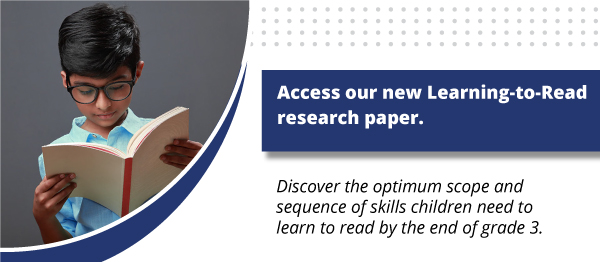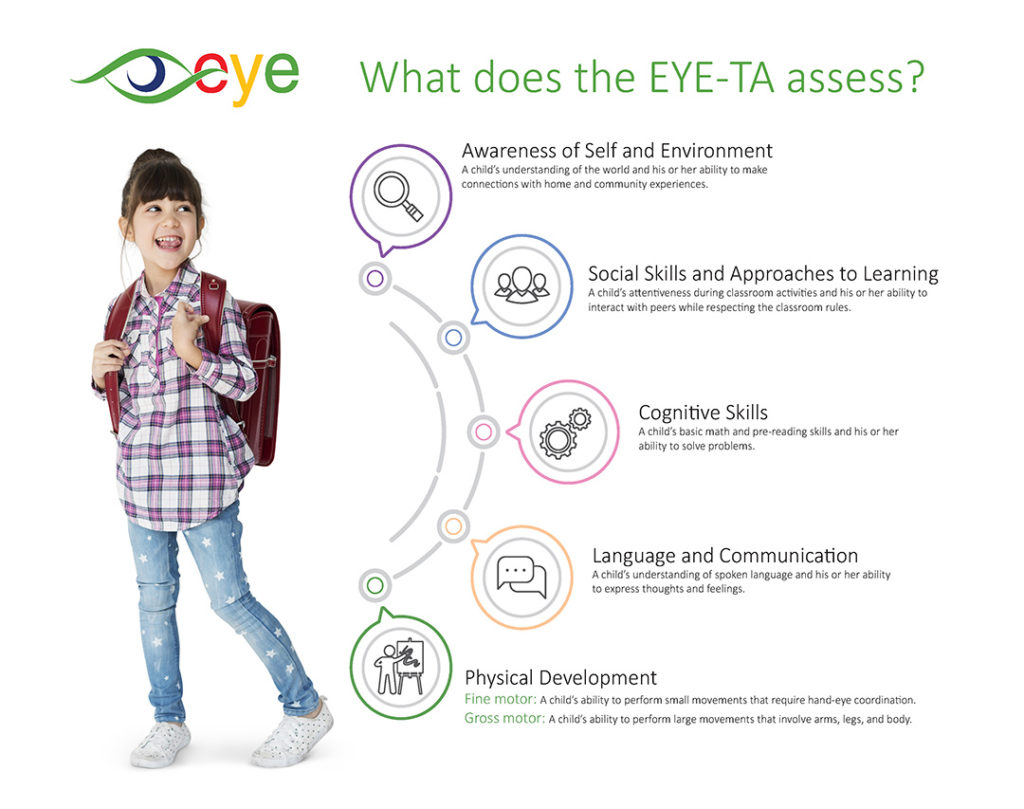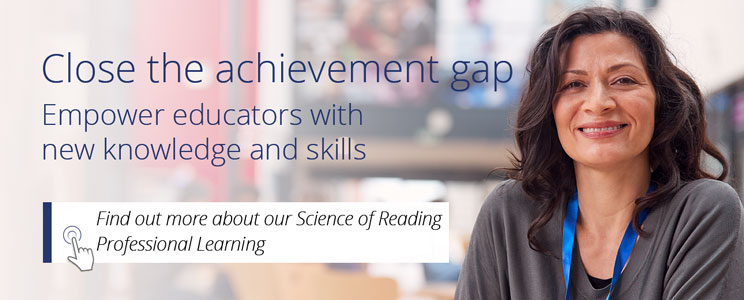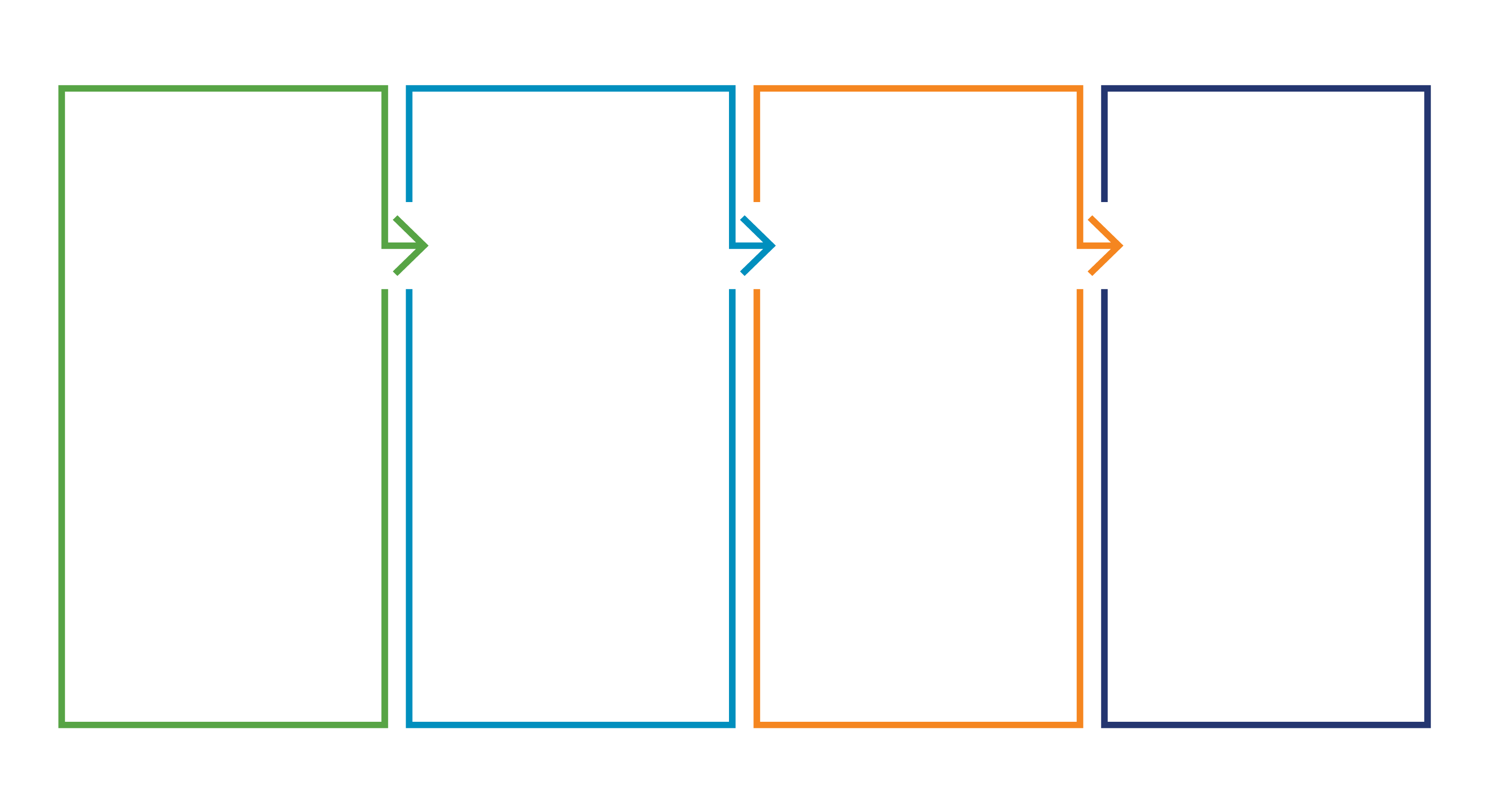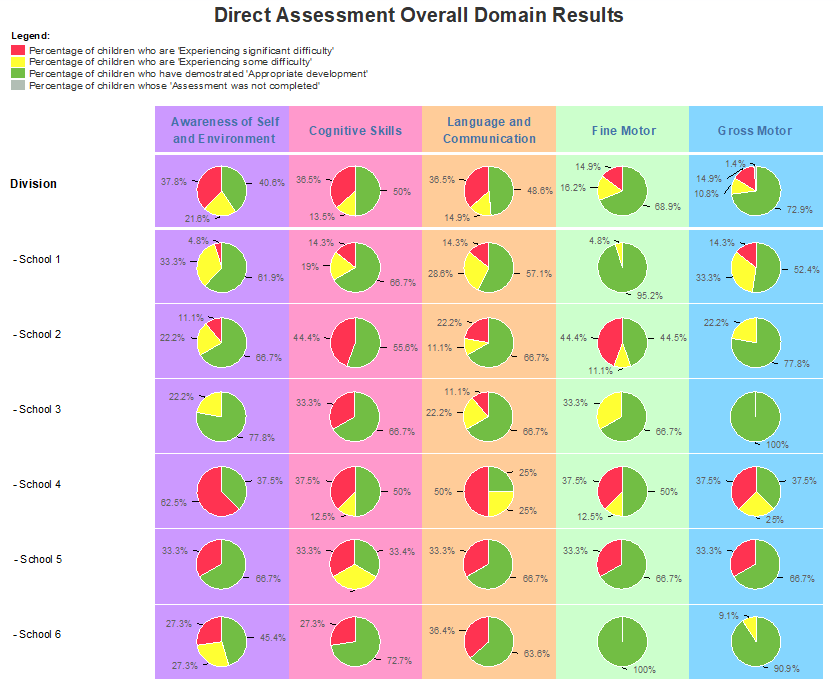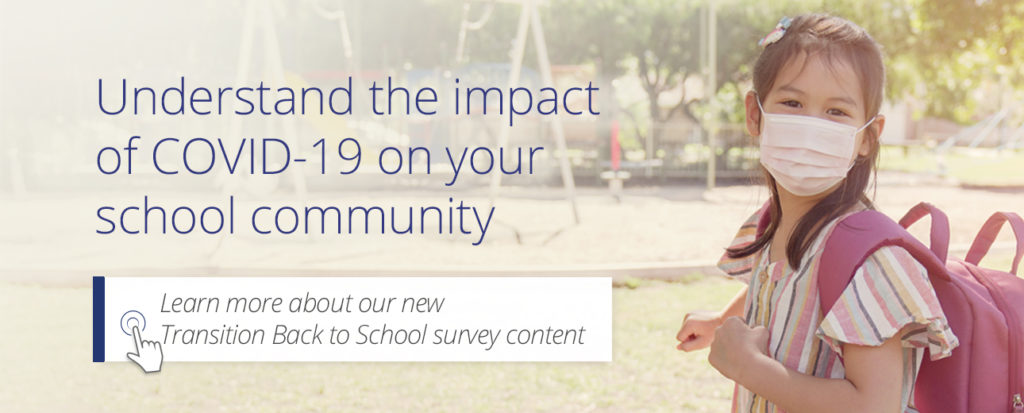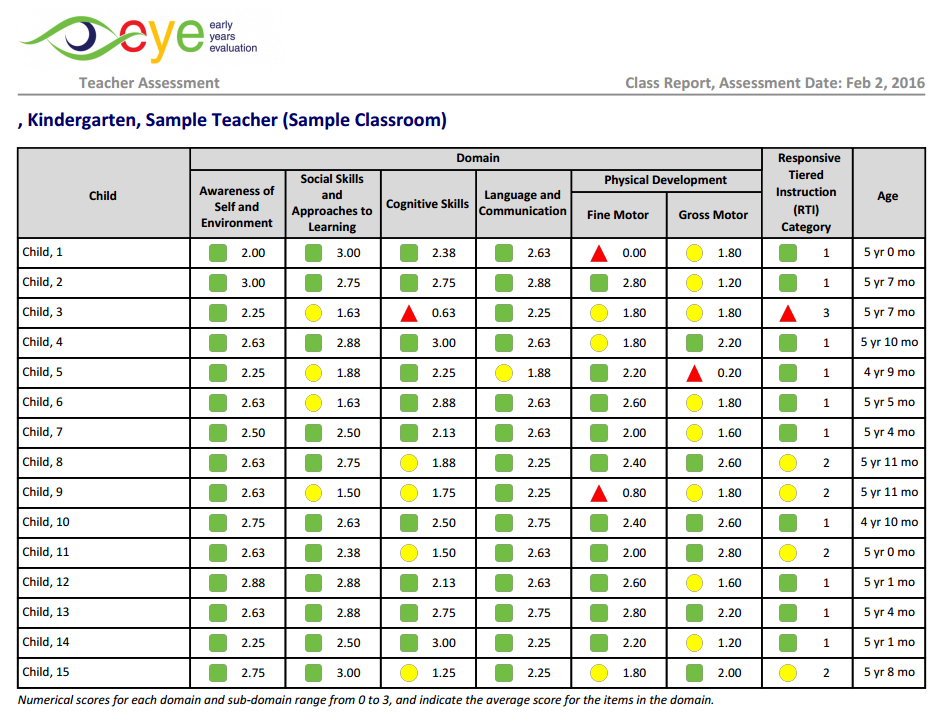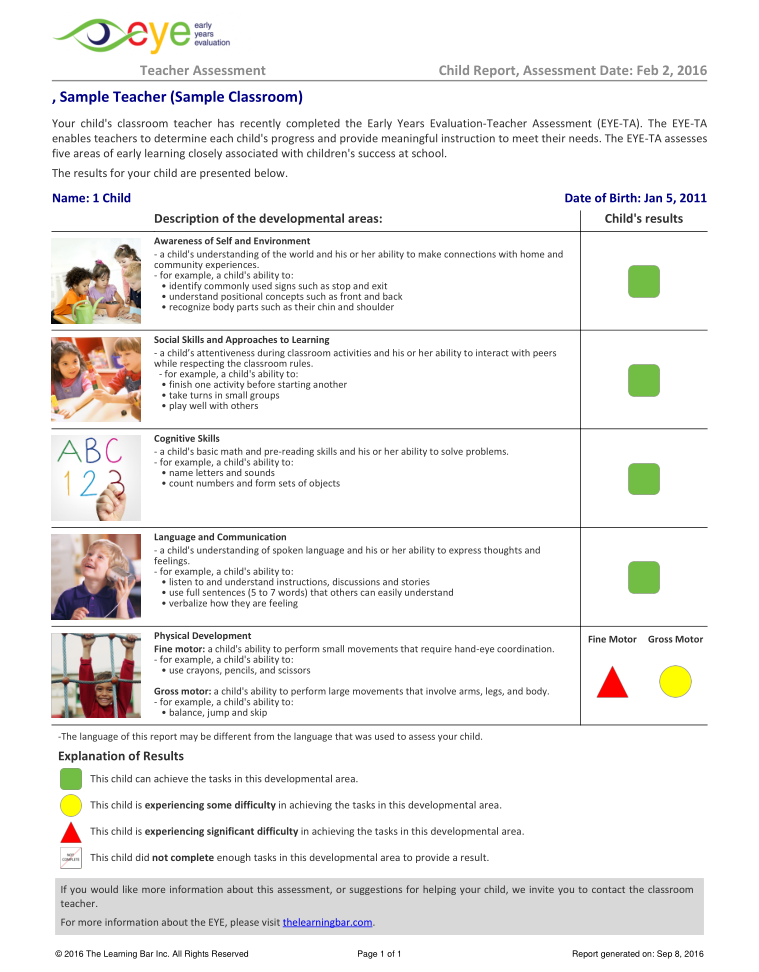Ensure Children Receive the Instructional Resources They Need to Become Successful Readers
Predict levels of literacy skills at age 8 or 9
The Early Years Evaluation – Teacher Assessment (EYE-TA) uses a Responsive-Tiered-Instruction (RTI) Model, a framework developed by Dr. Willms, author of the EYE instruments, to determine which children are most likely to require extra support during the primary school years. The EYE-TA reports include an overall summary of each child’s domain scores presented as an RTI score. The RTI classification is divided into three tiers. The RTI model uses the EYE-TA data as a leading indicator, enabling educators to identify children who are likely to benefit from Tier 2 or Tier 3 instruction.
Teachers can use this information to personalize children’s learning, ensuring that each child’s learning needs are addressed.

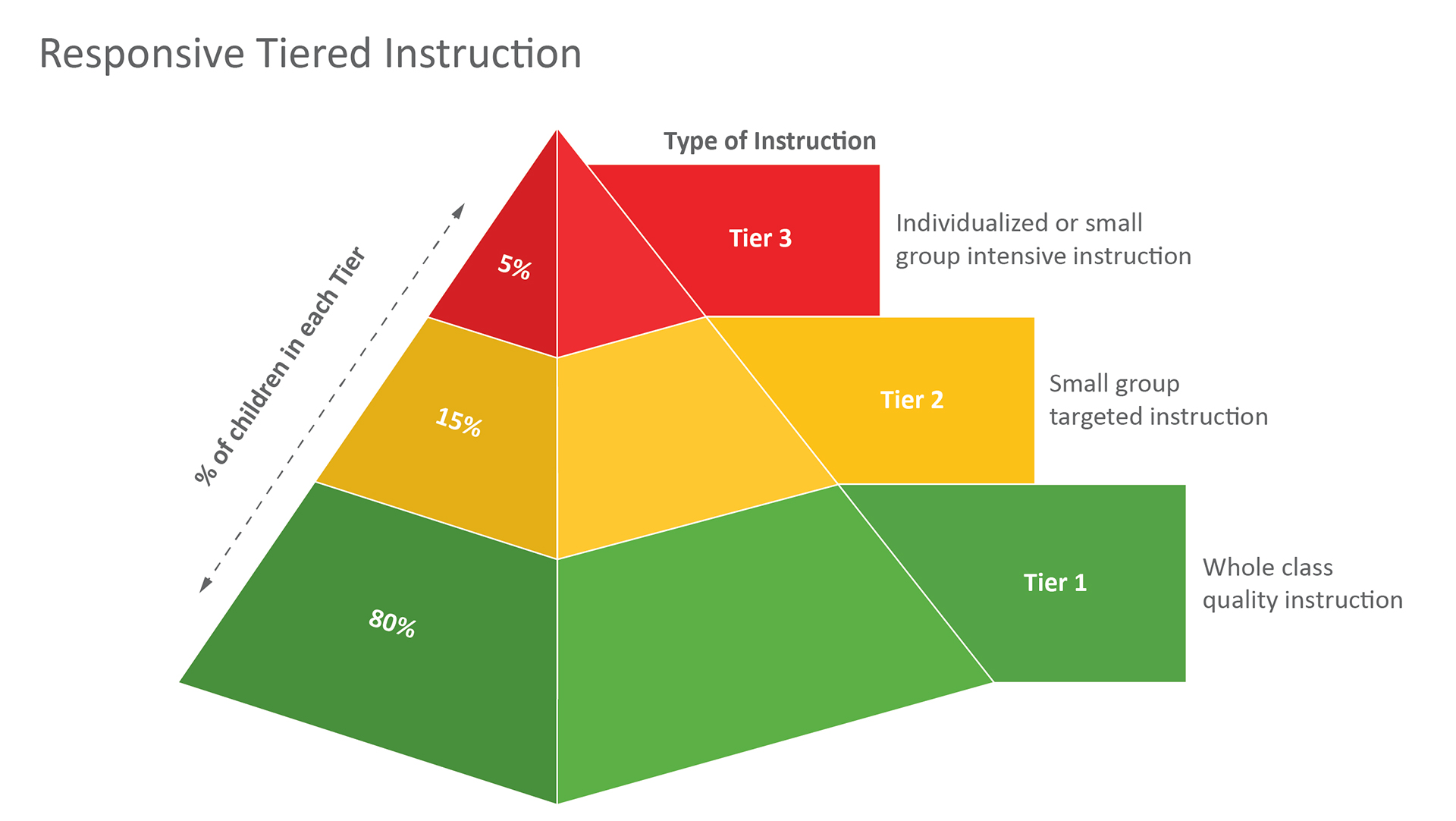
Click here to find out how the RTI classification acts as a prediction model of a child being a successful reader at age 8 or 9.
The RTI scores are intended to support an inclusive approach to meeting each child’s learning needs. It calls for all children to receive Tier 1 instruction, with some children additionally receiving Tier 2 or Tier 3 instruction. RTI is a preventive approach. It can help educators allocate resources early and continuously, rather than waiting until children have experienced failure.
Assess pre-post learning gains in pre-literacy skills
Use the EYE-TA to estimate the number of vulnerable children and monitor the reduction in vulnerability from the beginning to the end of the school year. We use the term ‘vulnerable’ to identify children at risk of not becoming successful readers without additional support, typically, those with Tier 2 or Tier 3 learning needs.
The recommended practice for the administration of the EYE-TA for children entering kindergarten is to assess all children within about six weeks after the start of the school year. Children with Tier 2 or Tier 3 learning needs are assessed again near the end of the school year.
Assess the effects of school or jurisdiction-wide interventions
The EYE data allows educators to identify schools or groups of schools and align specific interventions to those who would benefit most. Ongoing progress can be monitored and altered depending on results.


